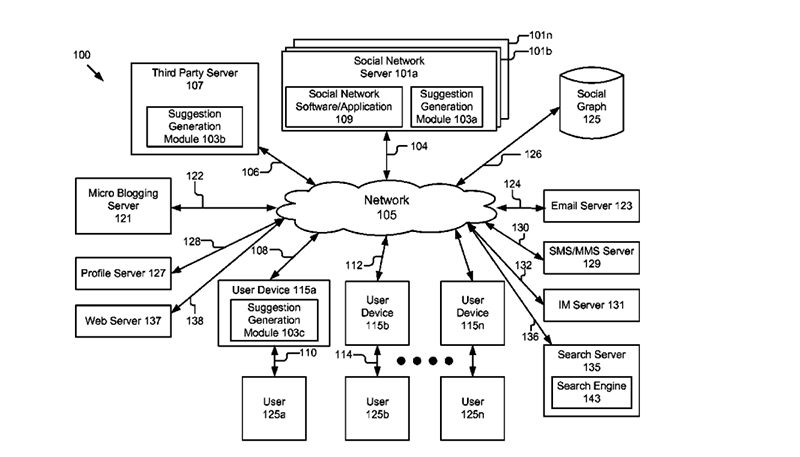According to Heyns’s 2013 report, South Korea operates “surveillance and security guard robots” in the demilitarized zone that buffers it from North Korea. Although there is an automatic mode available on the Samsung machines, soldiers control them remotely.
The U.S. and Germany possess robots that automatically target and destroy incoming mortar fire. They can also likely locate the source of the mortar fire, according to Noel Sharkey, a University of Sheffield roboticist who is active in the “Stop Killer Robots” campaign.
And of course there are drones. While many get their orders directly from a human operator, unmanned aircraft operated by Israel, the U.K. and the U.S. are capable of tracking and firing on aircraft and missiles. On some of its Navy cruisers, the U.S. also operates Phalanx, a stationary system that can track and engage anti-ship missiles and aircraft.
The Army is testing a gun-mounted ground vehicle, MAARS, that can fire on targets autonomously. One tiny drone, the Raven is primarily a surveillance vehicle but among its capabilities is “target acquisition.”
No one knows for sure what other technologies may be in development.
“Transparency when it comes to any kind of weapons system is generally very low, so it’s hard to know what governments really possess,” Michael Spies, a political affairs officer in the U.N.’s Office for Disarmament Affairs, told Singularity Hub.
At least publicly, the world’s military powers seem now to agree that robots should not be permitted to kill autonomously. That is among the criteria laid out in a November 2012 U.S. military directive that guides the development of autonomous weapons. The European Parliament recently established a non-binding ban for member states on using or developing robots that can kill without human participation.
Yet, even robots not specifically designed to make kill decisions could do so if they malfunctioned, or if their user experience made it easier to accept than reject automated targeting.
“The technology’s not fit for purpose as it stands, but as a computer scientist there are other things that bother me. I mean, how reliable is a computer system?” Sharkey, of Stop Killer Robots, said.
Sharkey noted that warrior robots would do battle with other warrior robots equipped with algorithms designed by an enemy army.
“If you have two competing algorithms and you don’t know the contents of the other person’s algorithm, you don’t know the outcome. Anything could happen,” he said.
For instance, when two sellers recently unknowingly competed for business on Amazon, the interactions of their two algorithms resulted in prices in the millions of dollars. Competing robot armies could destroy cities as their algorithms exponentially escalated, Sharkey said.
An even likelier outcome would be that human enemies would target the weaknesses of the robots’ algorithms to produce undesirable outcomes. For instance, say a machine that’s designed to destroy incoming mortar fire such as the U.S.’s C-RAM or Germany’sMANTIS, is also tasked with destroying the launcher. A terrorist group could place a launcher in a crowded urban area, where its neutralization would cause civilian casualties.

